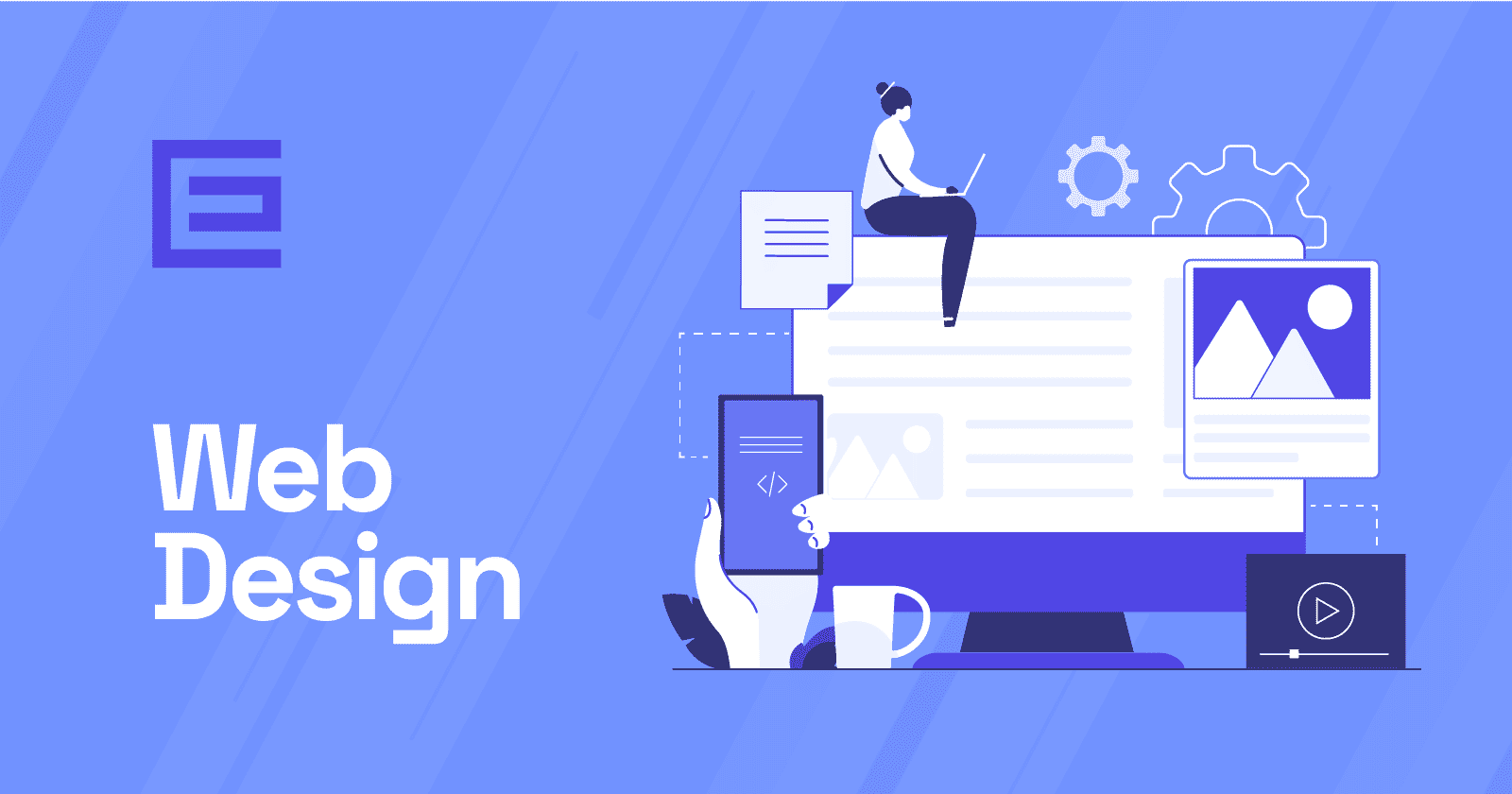Understanding the Effect of Receptive Web Style on Mobile Traffic
As the number of mobile customers continues to surge, the need for web sites to effortlessly adapt to various display sizes becomes significantly evident. This versatility not only boosts customer experience however likewise plays an important function in lowering and keeping visitors bounce prices - Fort Worth Web Design.
Importance of Mobile Compatibility
In today's electronic landscape, the relevance of mobile compatibility can not be overstated. With the spreading of tablets and smart devices, even more customers are accessing the internet via mobile phones than ever previously. Guaranteeing that internet sites are optimized for these gadgets is no much longer optional but an important component of effective electronic strategy. Mobile compatibility directly affects a site's availability, functionality, and general efficiency, impacting individual involvement and fulfillment.
Incorporating responsive website design is an important technique to attaining mobile compatibility. This layout approach allows a site to immediately change its design and material based upon the screen size and positioning of the gadget being made use of (Web design near me). This flexibility makes certain that all customers have a smooth experience, despite whether they are using a tablet, smartphone, or desktop computer
In addition, mobile compatibility is carefully linked to look engine optimization (SEO) Businesses need to prioritize mobile compatibility to stay affordable and guarantee their digital presence is obtainable to the broadest possible audience, ultimately driving growth and involvement.
Enhancing User Experience
A seamless individual experience stands at the heart of effective web style, functioning as a vital consider keeping and engaging site visitors. In the context of receptive internet design, improving individual experience on mobile phones is important. As the number of mobile individuals remains to climb, websites should adapt to different display dimensions and alignments without endangering functionality or looks. This flexibility ensures that users can quickly browse and interact with material, despite the tool they make use of.
Crucial element of an enhanced mobile user experience include quick packing times, user-friendly navigating, and easily accessible material. Quick packing times are vital, as customers are more likely to abandon a website if it takes also long to tons. Instinctive navigation guarantees that individuals can discover details rapidly, while accessible material enables readability and interaction without unnecessary zooming or scrolling. Furthermore, touch-friendly interfaces, which suit motions such as swiping and tapping, further boost individual interaction and complete satisfaction.
Additionally, providing a regular visual and useful experience across gadgets develops count on and integrity, encouraging return brows through. By prioritizing these components, responsive website design not just accommodates mobile audiences yet likewise fosters a favorable perception of the brand, inevitably improving overall customer experience.
Boosting Mobile Interaction
To effectively enhance mobile engagement, internet developers must concentrate on producing engaging and interactive experiences that astound users' focus. This includes utilizing receptive layout methods that adjust flawlessly to differing display sizes and positionings, ensuring that web content is visually enticing and easy to navigate on smart phones. Focusing on quickly loading times is important, as customers are likely to desert sites that are unresponsive or slow. Executing functions such as touch-friendly navigating, succinct web content, and instinctive interface can significantly enhance user communication and complete satisfaction.

Moreover, leveraging customization techniques, such as customized material recommendations based on customer behavior and preferences, can develop more purposeful communications and encourage repeat brows through. By focusing on these aspects, web developers can dramatically boost mobile engagement, guaranteeing that individuals stay involved and spent in the material, inevitably driving greater retention prices and customer satisfaction.
SEO Benefits of Responsive Design
As web designers enhance mobile engagement through responsive strategies, an additional substantial benefit arises in the world of seo (SEO) Receptive internet layout (RWD) plays an important role in improving a web site's exposure and position on internet search engine. By making certain a smooth user experience throughout tools, receptive style reduces bounce rates, a critical statistics that internet search engine think about when identifying site importance and top quality.
Google, which commands a substantial share of the search market, supporters for receptive design as the industry criterion. A single link framework, helped with by RWD, simplifies creeping and indexing processes for search engine crawlers. This effectiveness enhances a website's availability and makes it simpler for internet search engine to comprehend and place content suitably.
In addition, responsive layout maximizes filling times, one more factor heavily heavy in Google's algorithms. A much faster, much more reliable site improves individual complete satisfaction, bring about longer page visits and greater engagement levels, which favorably affect search engine optimization positions. Furthermore, RWD sustains the implementation of enhanced metadata and tags, ensuring that material is appropriately tailored for mobile and desktop computer customers alike.
Techniques for Reliable Application
When implementing responsive website design, comprehending vital techniques is crucial for success. First, focus on a mobile-first approach. By creating for smaller screens originally, developers can make sure that their sites are practical and aesthetically appealing on all devices. This method additionally helps streamline content, concentrating on crucial here are the findings elements that improve user experience.
Second, utilize adaptable grid formats and scalable photos. An adaptable grid makes certain that the site's layout changes flawlessly throughout various screen sizes. Making use of scalable pictures that adapt based on resolution prevents distortion and maintains photo high quality, improving the overall visual.
Third, enhance loading times. Usage strategies such as minifying and pressing pictures CSS and JavaScript files to make certain quick page loads. Rate is critical for preserving mobile individuals who might abandon slow-loading websites.

Last but not least, leverage analytics more helpful hints to keep an eye on efficiency and customer behavior. Analytics offer understandings right into how individuals engage with the website, leading further optimization efforts to satisfy progressing demands. By following these strategies, companies can successfully implement responsive web layout, maximizing their mobile web traffic capacity.
Final Thought
By readjusting designs for different display dimensions, it substantially improves user experience, reduces bounce prices, and raises see duration. This versatility deals with the expanding number of mobile customers, cultivates engagement with intuitive navigating, and makes sure quick loading times, which are essential for retaining site visitors and improving general digital visibility.
In the context of responsive internet design, improving customer experience on mobile devices is necessary.Key aspects of a boosted mobile individual experience consist of quick filling times, intuitive navigating, and available material.To effectively increase mobile involvement, internet designers need to concentrate on creating compelling and interactive experiences that captivate individuals' focus. Executing attributes such as touch-friendly navigation, concise material, and intuitive customer interfaces can significantly improve customer communication and complete satisfaction.
In addition, RWD supports the implementation of enhanced metadata and tags, making certain that web content is suitably tailored for mobile and desktop users alike.